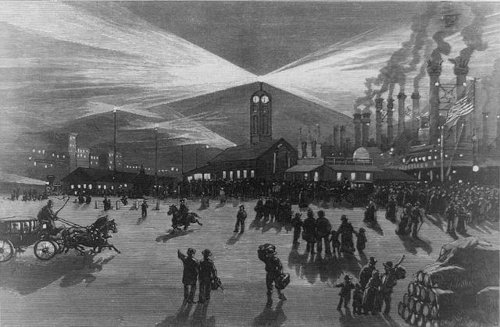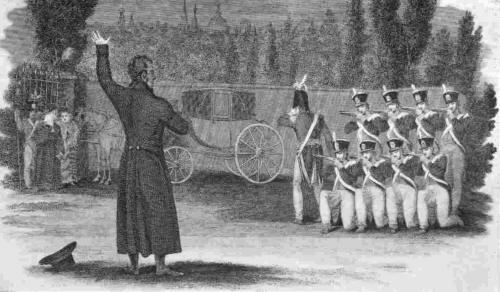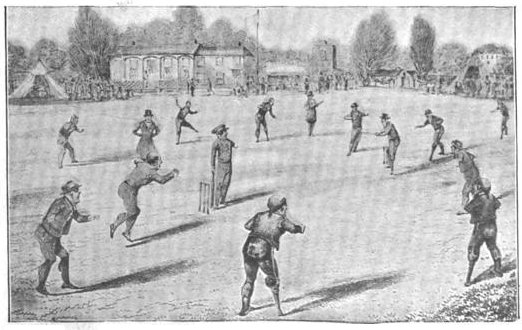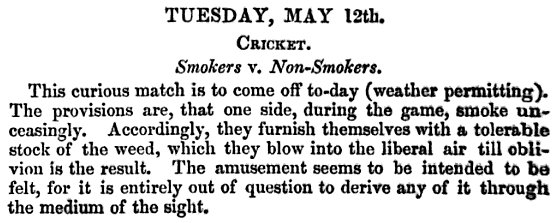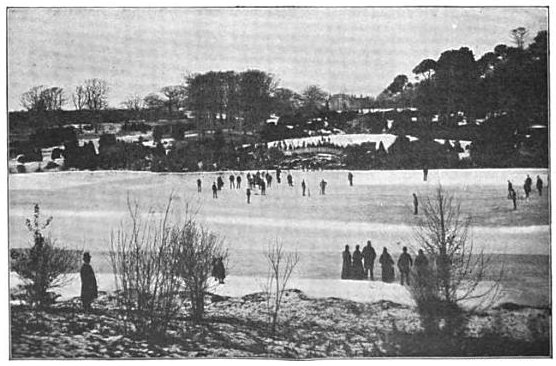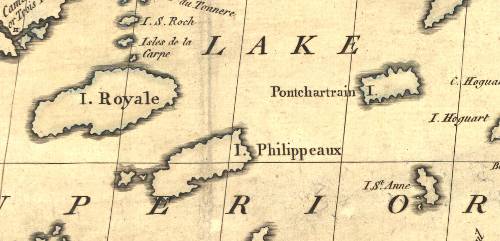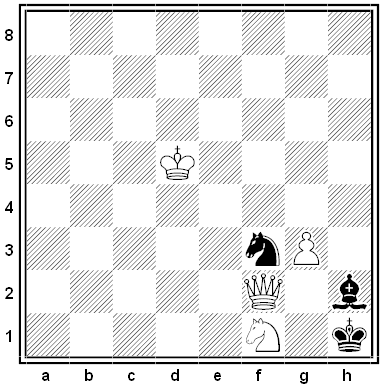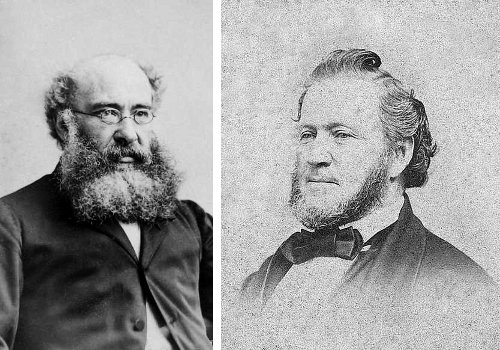
A bizarre episode from Anthony Trollope’s autobiography, 1872:
I came home across America from San Francisco to New York, visiting Utah and Brigham Young on the way. I did not achieve great intimacy with the great polygamist of the Salt Lake City. I called upon him, sending to him my card, apologising for doing so without an introduction, and excusing myself by saying that I did not like to pass through the territory without seeing a man of whom I had heard so much. He received me in his doorway, not asking me to enter, and inquired whether I were not a miner. When I told him that I was not a miner, he asked me whether I earned my bread. I told him I did. ‘I guess you’re a miner,’ said he. I again assured him that I was not. ‘Then how do you earn your bread?’ I told him I did so by writing books. ‘I’m sure you’re a miner,’ said he. Then he turned upon his heel, went back into the house, and closed the door.
“I was properly punished,” Trollope conceded, “as I was vain enough to conceive that he would have heard my name.”

